
Have you ever given your furry buddy a good grooming session to make them look well for general hygiene? But then, you notice that they can't stop scratching themselves, and it's making them pretty uncomfortable.
Don't worry, you're not alone. Many dog owners witness this in their dogs.
Today, we'll talk about why dogs might get itchy after a grooming session and give you some simple tips to help them feel better.
So, whether you're a seasoned pet parent or new to this, knowing how to get rid of your dog's itchiness after a grooming routine is crucial for their happiness and well-being.
So, without any further ado, let's jump into dog grooming and how to keep your four-legged friend happy and itch-free.
Why Is My Dog Itchy After Grooming?
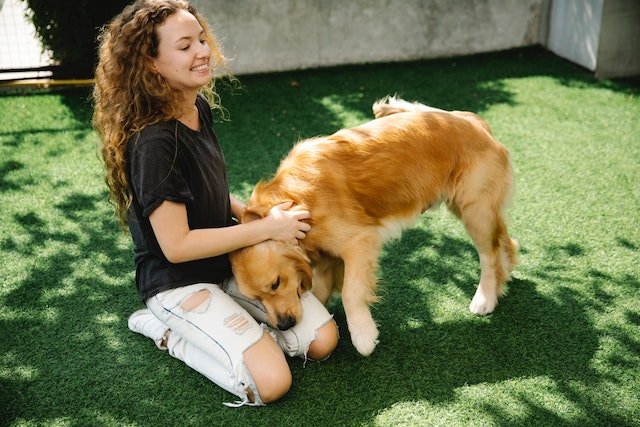
Dealing with your dog constantly scratching themselves can be really frustrating. Not to mention how sad it can make you feel to see your furry friend in discomfort.
To prevent this never-ending itchiness, it's crucial to understand why it happens in the first place after a grooming session. Knowing the reasons can help you steer clear of them, so here are some common causes to watch out for:
-
Dry skin
Dogs have naturally occurring oils on their skin that make their fur shiny and healthy. But grooming and bathing them often can mess up this balance and dry the dog's skin.
This happens even more if you use a dryer to get them dry after grooming. When a dog's skin gets too dry, it can start feeling itchy, and you will find your dog scratching here and there a little more than normal. This is because of skin irritation.
-
Shampoo
There are certain commercially sold grooming products that can make your dog's skin itchy. Some dog shampoos might have strong chemicals that can be tough on their delicate skin. As a result it causes skin irritation.
So, if your dog is scratching a lot after a grooming session, it's probably because of one of the products used during that grooming session.
-
Parasites
If you've cleaned and groomed your dog well, but they're still scratching, it could be because of parasites.
Even if you've gotten rid of all the ticks and fleas on your dog, sometimes the stuff left behind by these bugs, like their saliva, can stick around. This can make your dog feel itchy, even after a good grooming session.
-
Skin conditions
Certain skin problems, like eczema, might get triggered after a grooming session, resulting in your dog itching a lot.
Eczema is a skin issue that many dogs have, and it makes their skin red, itchy, and swollen. Grooming, especially shaving, can make eczema symptoms even worse. So look out for it and ensure the grooming process doesn't worsen your dog's skin.
-
Clipper burns
Being careful about how closely you trim your dog's fur is essential when it comes to grooming your dog. If you cut too close to your dog's skin, it can result in what's typically called a clipper burn.
Clipper burns can make your dog uncomfortable and itchy because the hair roots are right under their skin. While the itching usually goes away after a few days, it can still bother your dog, so it's smart to trim carefully to prevent unnecessary skin irritation.
How to Relieve Dog Itching After Grooming?
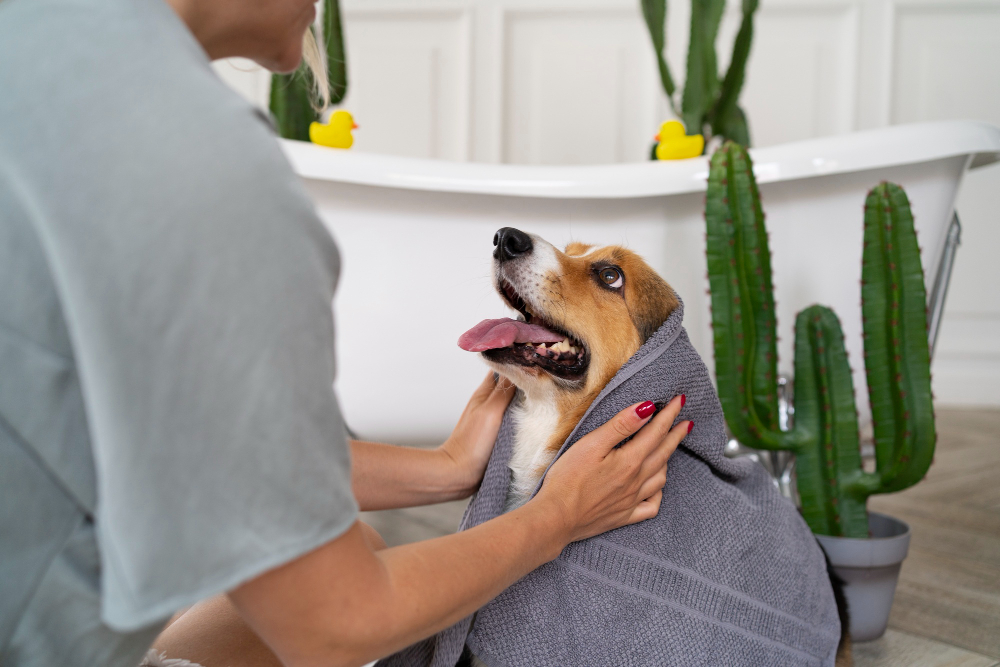
There are chances that you may be making dog grooming mistakes that is causing the itching. Here are some proper grooming techniques that can help you get rid of the itching.
-
Bath time
To ease your itchy dog's discomfort, a room-temperature bath works wonders. This gentle bath helps soothe irritated skin and provides relief.
It's simple to get your furry friend feeling comfortable again, making sure your dog's coat is itch-free in no time.
-
Use a mild shampoo
If your pup's skin is sensitive, it's a good idea to go for a mild shampoo when you run them a bath. This can help prevent any later flare-ups, skin infections, or irritations.
But if that gentle shampoo doesn't do the trick for your dog, you also can try an itch-relieving shampoo from a reputable brand.
Look for ones that have aloe vera or oatmeal in them – these ingredients are known for calming skin irritation.
Oatmeal has nutrients that can make your dog's skin feel softer and more comfortable. In contrast, aloe vera has vitamin E, which can help heal any skin that's been scratched or irritated.
-
Anti-itch ointment
If your dog is still scratching even after using mild or itch-relieving shampoo, you can try using some anti-itch ointments. One of the options is witch hazel, which you can apply specifically to the itchy parts of your dog's body. This natural ingredient can help soothe irritated skin and provide relief.
Adding baking soda to
inwater creates a paste which is another option. You can apply this paste to the itchy areas to help.Lastly, you can also use hydrocortisone cream. However, this option should be used with caution and after seeking advice from your vet.
With all of these ointments, do a small patch test before you apply to larger areas.
Wait for a day or two after the patch test to ensure your dog doesn't have an allergic reaction before proceeding.
-
Moisturize your skin
To ease your dog's itching, think about using a moisturizer made for dogs or a special anti-itch spray. These products can help prevent itching by adding moisture to the skin and calming down irritation.
Just make sure the moisturizer or spray doesn't have any harmful stuff in it, and it's okay for dogs to lick it because they might try to groom themselves after you put it on.
-
Brush thoroughly
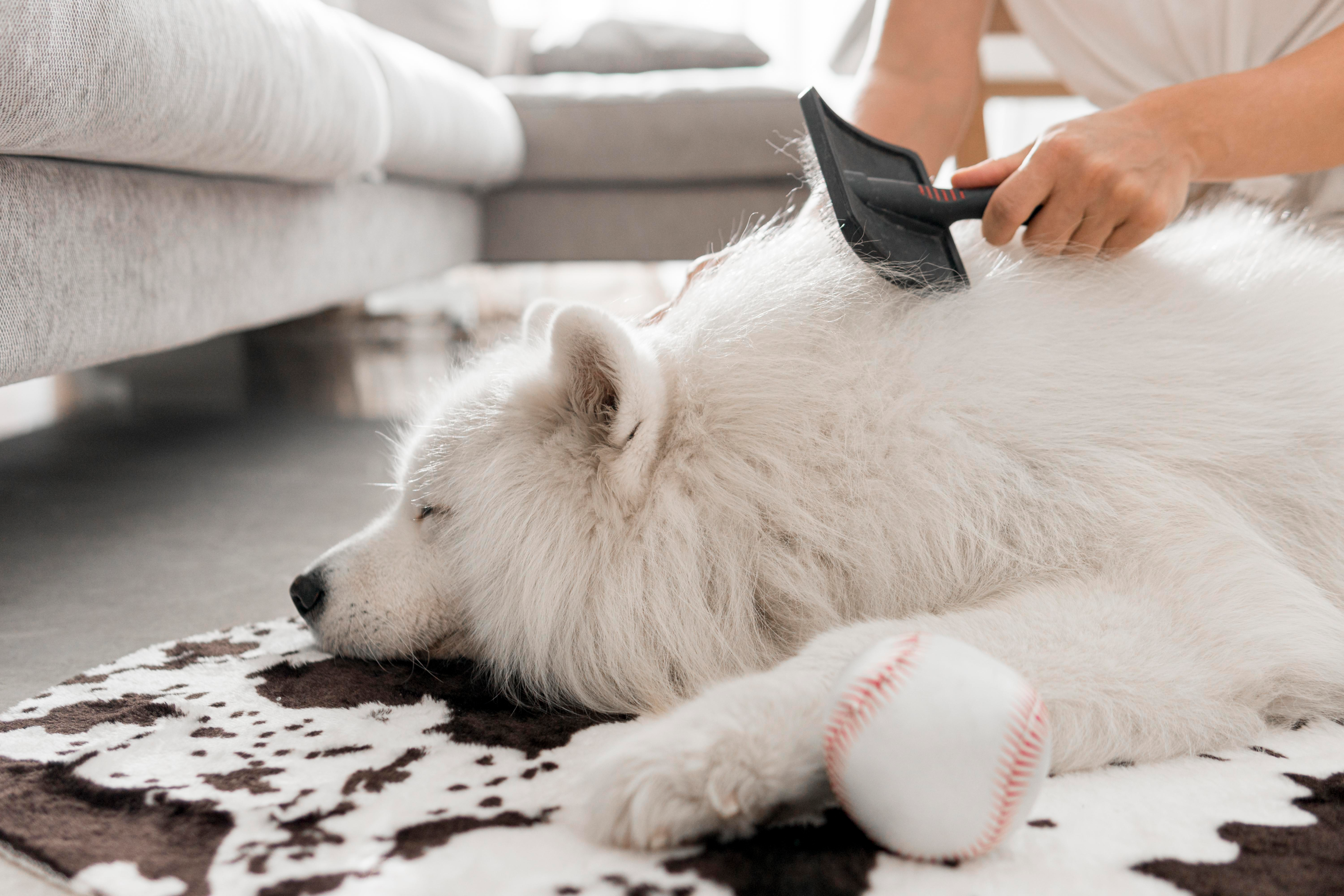
Regular brushing is necessary to maintain your dog's fur and stop it from getting tangled, which can lead to itching. Brushing does a few essential things: it gets rid of loose hair, spreads natural oils, and gives the skin a gentle massage.
Plus, it lets you check your dog's skin for any problems like redness, irritation, or fleas that might be making it itchy.
-
Adjust your grooming tools
If your dog starts itching after grooming, it might be because the tools used during the grooming session are bothering them. You could try using a different kind of brush or comb that's softer on your dog's sensitive skin.
Also, make sure these grooming tools are clean and don't have any leftover stuff on them that might make your dog have an allergic reaction.
-
Balanced diet
A healthy diet helps keep your dog in good shape, including their skin and fur. Ensure your dog's food has top-notch protein, critical fatty acids, and all the necessary vitamins and minerals.
Talk to your vet to determine the right diet for your dog's needs.
Natural Remedies To Help With Your Dog's Itchy Skin
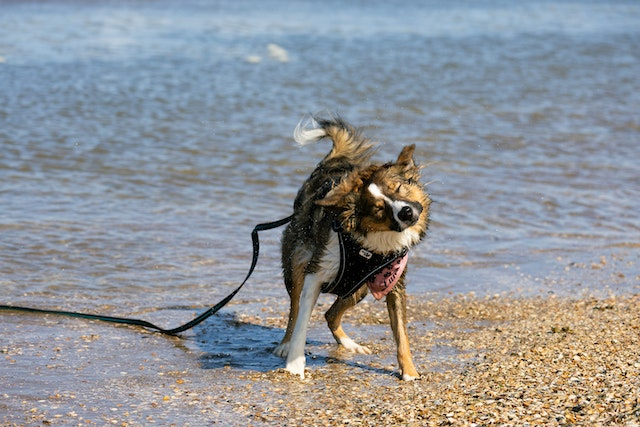
You can make your dog's itchy skin feel better using household stuff like chamomile tea, apple cider vinegar, or oatmeal.
Here's how to use these simple homemade fixes to calm your dog's itching.
-
Oatmeal bath
Oatmeal, which contains vitamin C, is a key ingredient in hypoallergenic shampoos. Just grind plain oatmeal into a fine powder and sprinkle it into your dog's bath.
Within about 15 minutes, you'll start to see noticeable improvements in your pup's red and irritated skin.
-
Apple cider vinegar
Apple cider vinegar is a natural remedy. It can help ease dry, itchy skin, whether on humans or dogs.
For the best results, mix apple cider vinegar with equal part water in a spray bottle and then spray it onto the itchy areas.
-
Chamomile and Herbal Tea
Chamomile and green tea contain ingredients that can calm itchy skin and help with inflammation in both people and dogs.
Here's what you can do: Prepare a warm bath for your dog and let these natural ingredients steep in it for about five minutes before you put your dog in.
Another option is to make a cup of hot water with chamomile and herbal tea, let it cool down, and then pour this mixture onto the areas that are bothering your dog.
-
Coconut oil
It works so well because it forms a protective layer between your dog's irritated skin and the surroundings, giving relief. For a speedy fix, put the coconut oil in the refrigerator until it becomes solid.
After that, gently massage the cool, solid coconut oil into your dog's skin, focusing on the areas that itch the most.
How To Prevent Dog Itching Effect After Grooming?
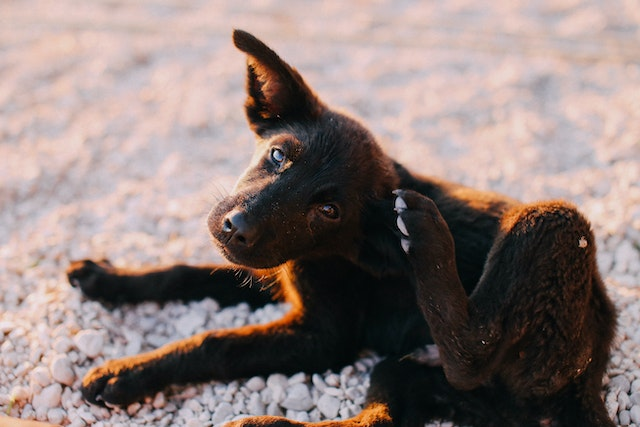
To keep your dog from itching after a grooming session, there are some things you can do:
First, ensure you're using good-quality, hypoallergenic shampoos and grooming. This can make a big difference. Before you go all in with a new grooming product, do a patch test on your dog's skin. This will help identify allergic reactions.
When you're giving your dog a bath, thoroughly rinse them. You want to eliminate all that shampoo and conditioner so there's no residue left behind.
Keep an eye on your dog's skin for any redness or irritation. If you spot something, deal with it right away.
Moreover, don't forget to check for fleas or ticks regularly. Those little parasites can make your dog itch like crazy.
When it comes to a professional groomer, pick one who knows their stuff and puts your dog's comfort first. Consider using natural stuff like oatmeal-based shampoos with aloe vera. These can help soothe any irritated skin.
Lastly, watch out for signs of stress or anxiety during grooming. Create a calm surrounding for your furry friend to help them feel more at ease.
Final Words!
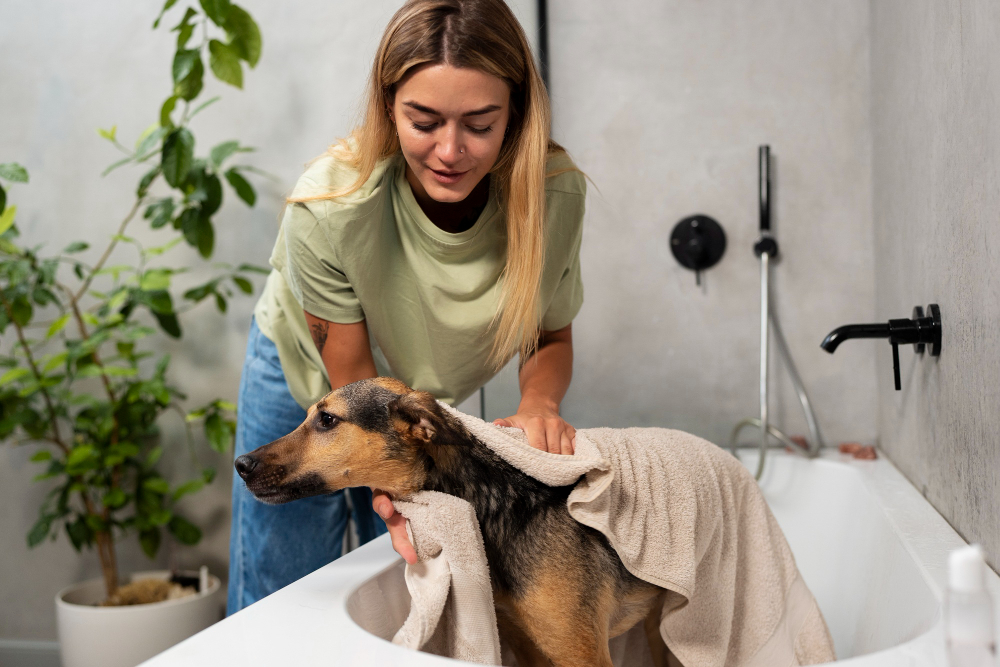
To wrap things up, helping your dog feel better after grooming is extremely important. Understanding why your dog is itchy is the first step to helping your dog feel relieved from the itching.
You can do it easily with stuff you already have at home, like gentle shampoos or oatmeal. These quick and simple steps can help keep your furry friend itch-free.
So, next time you're dealing with your itchy dog, remember these tips to keep them feeling great!



















